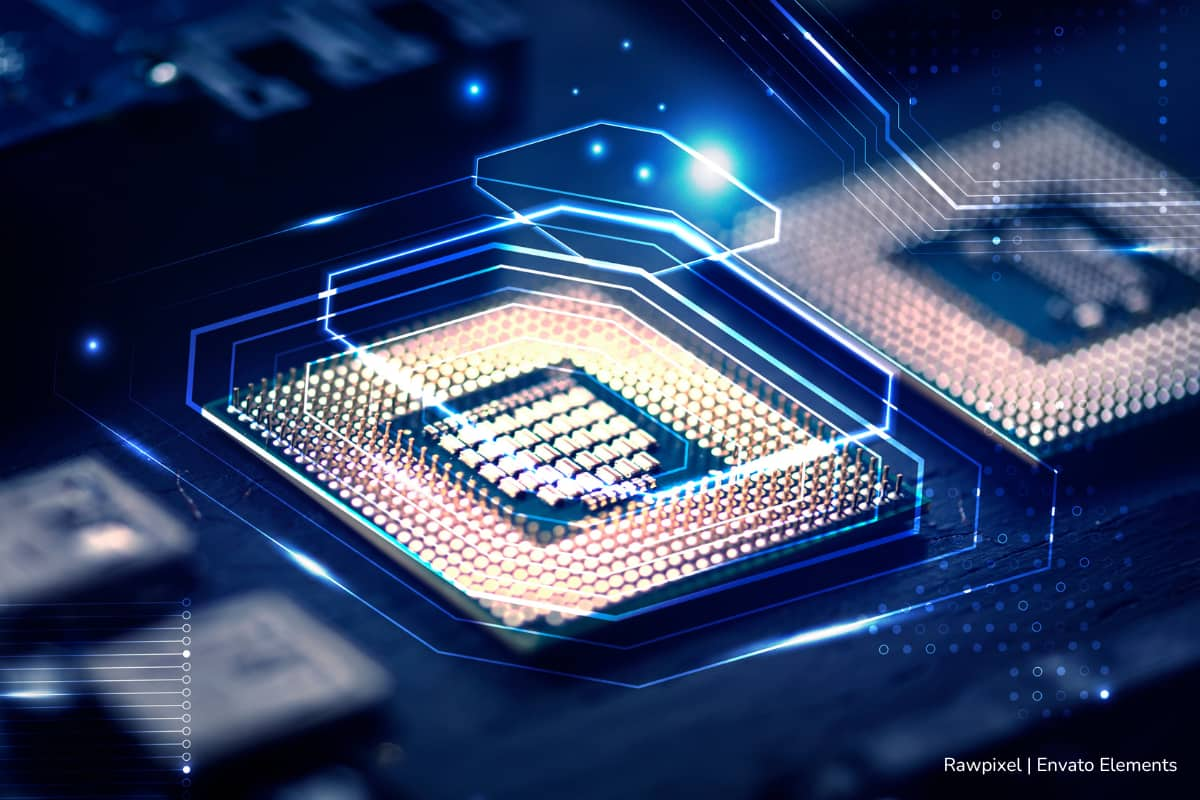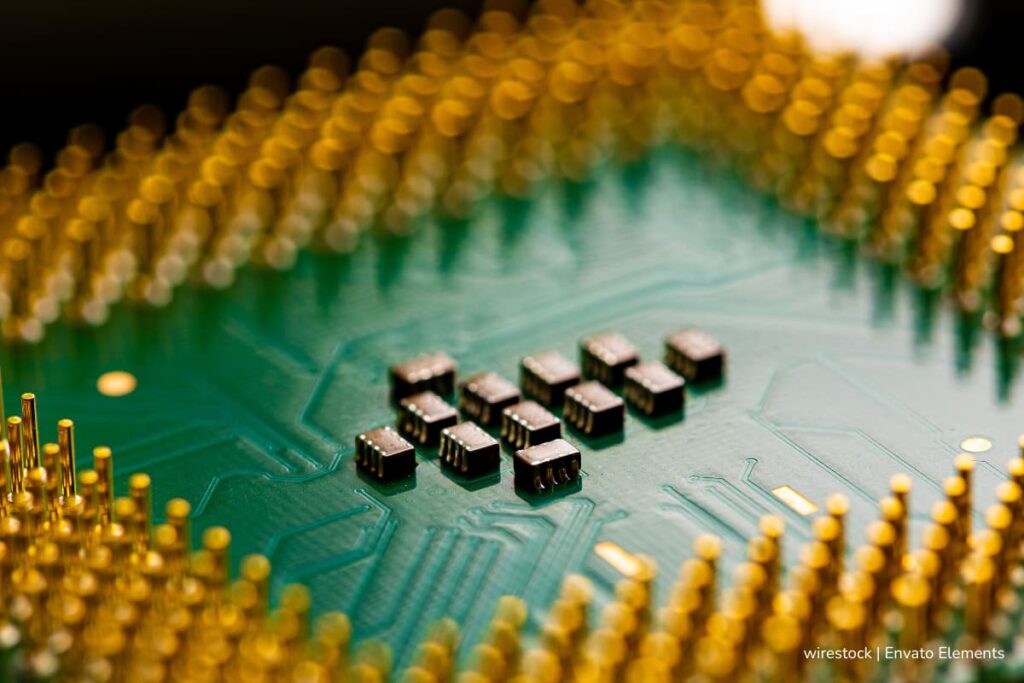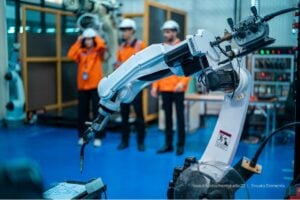Microsoft launches Majorana 1, the quantum chip that promises to revolutionize industrial-scale computing

Microsoft has unveiled Majorana 1, the world’s first quantum chip powered by a new topological core architecture that is expected to make quantum computers capable of solving significant industrial-scale problems a reality within years.
Microsoft’s launch of Majorana 1 represents a significant milestone in the field of quantum computing. This quantum chip is based on a topological core architecture and uses an innovative material called topoconductor, designed to produce more stable and scalable cubits (quantum bits). This breakthrough promises to accelerate the advent of commercial quantum computers capable of solving complex problems that until now there was no capacity to solve.
You may read: Colombian Hass avocado exports shoot up: US$300 million in sales
One of the major advantages of Majorana 1 is its ability to scale up to one million cubits on a single chip that fits in the palm of your hand. This cubit density is significantly higher than previous quantum processors, which faced limitations in stability and scalability.
The potential applications of this technology are vast. It could transform industries by enabling breakthroughs such as the breakdown of microplastics into harmless byproducts, the development of self-repairing materials for construction and medicine, and the creation of optimized enzymes for agriculture and health.

Majorana 1: What is the difference between quantum and traditional computing?
Traditional computing and quantum computing differ mainly in how they process information, the speed of computation and the nature of their basic units of information (bits vs. cubits).
Bits vs. cubits
In terms of the unit of information, traditional computing uses bits, which represent binary values of 0 or 1. Each bit can only be in one state at a time, which limits processing to a fixed sequence of operations.
On the other hand, quantum computing uses cubits (quantum bits), which can be in 0, 1 or both states simultaneously thanks to the phenomenon of superposition. This property allows multiple calculations to be performed at the same time, significantly increasing efficiency in certain types of problems.
Information processing
Traditional computing systems perform calculations linearly and sequentially, processing one operation at a time, which limits their speed in complex problems.
In contrast, quantum computing takes advantage of superposition and quantum entanglement to perform parallel computations, which exponentially increases the ability to analyze large volumes of data simultaneously.

The speed of computation
Traditional computing is slower for solving problems that require analyzing multiple variables or performing complex simulations. In contrast, quantum computing is much faster for specific tasks such as factoring large numbers, simulating molecules or optimizing complex systems, where its parallel processing capacity makes a big difference.
Other differences between quantum and traditional computing
In terms of errors and stability, traditional computing is more reliable, since bits have defined states and errors can be easily identified and corrected. In contrast, quantum computing is more error-prone due to the fragility of the cubits, which can lose their state due to external interference, a phenomenon known as quantum decoherence.
This technical challenge is one of those expected to be overcome with the development of Majorana 1 using topological cubits, which offer greater resistance to environmental noise and external interference. This inherent robustness improves the overall efficiency of the system, as it decreases the error rate and thus the need for resources dedicated to error correction.
The practical applications of the two technologies also differ. Traditional computing is suitable for everyday tasks such as database management, word processing and basic mathematical calculations.
Quantum computing, on the other hand, is ideal for solving problems that require massive, simultaneous processing, such as advanced cryptography (cracking complex codes), simulation of chemical reactions, complex financial models, and logistics and network optimization.

You may also read: The dark side of X: hate speech up 50% since Musk’s purchase
Other countries betting on quantum computing development
In addition to the United States, which launched Majorana 1, other countries are making significant advances in the field of quantum computing.
China has invested more than USD $15 billion in quantum technologies, exceeding the combined investment of the European Union and the United States. In 2021, China announced the world’s fastest programmable quantum computer, the Zuchongzhi 2.1, capable of operating 10 million times faster than Japan’s Fugaku supercomputer.
The European Union has launched the Quantum Technologies Flagship program, with an investment of EUR 1 billion to boost research and development in this field. In addition, IBM opened its first quantum data center in Europe in 2024, located in Ehningen, Germany.
Japan has established the USD $200 million Quantum Leap Flagship Program, focused on the development of superconducting quantum computing and quantum simulators.
Canada is home to D-Wave Systems, the first company to sell commercial quantum computers. In addition, in 2024, the Spanish startup Multiverse Computing, with offices in Canada, closed a EUR $25 million investment round to expand its quantum software solutions.
In Spain, the Barcelona Supercomputing Center presented in 2025 the first Spanish quantum computer with fully European technology, financed with more than EUR $9 million from Quantum Spain. This computer will be integrated into the country’s supercomputing network.
These global efforts reflect the strategic importance of quantum computing and the international race to lead this emerging technology.
Impact of Trump’s tariffs on Colombia




